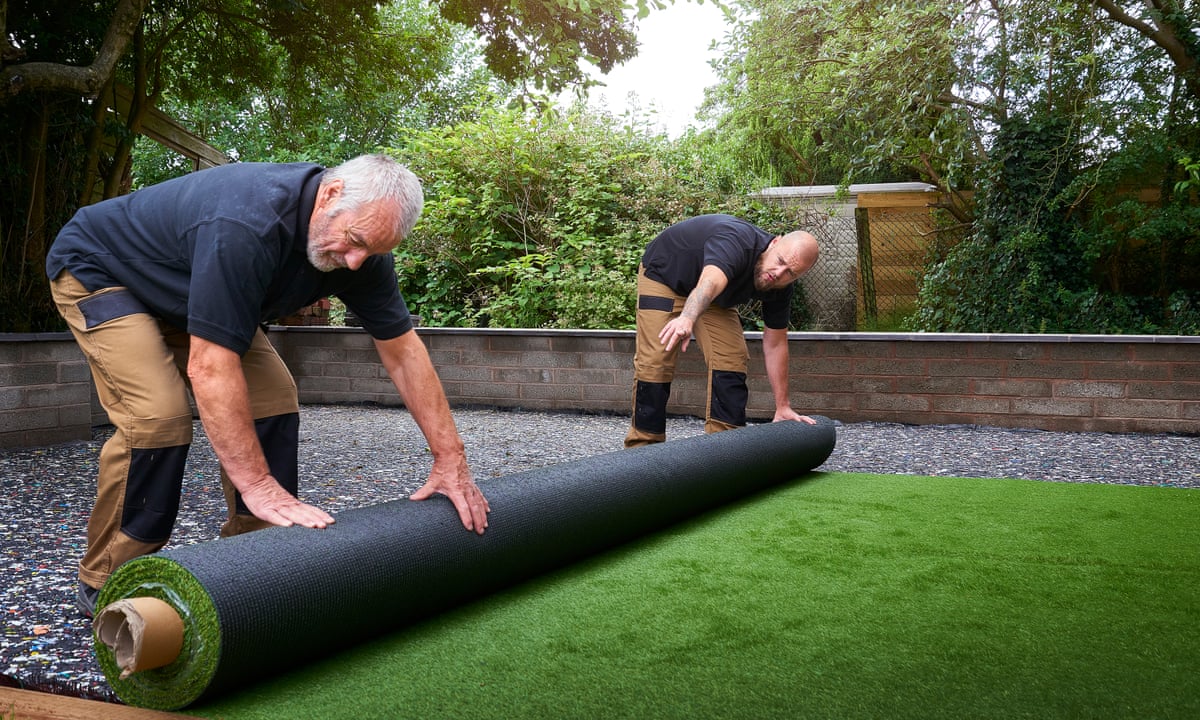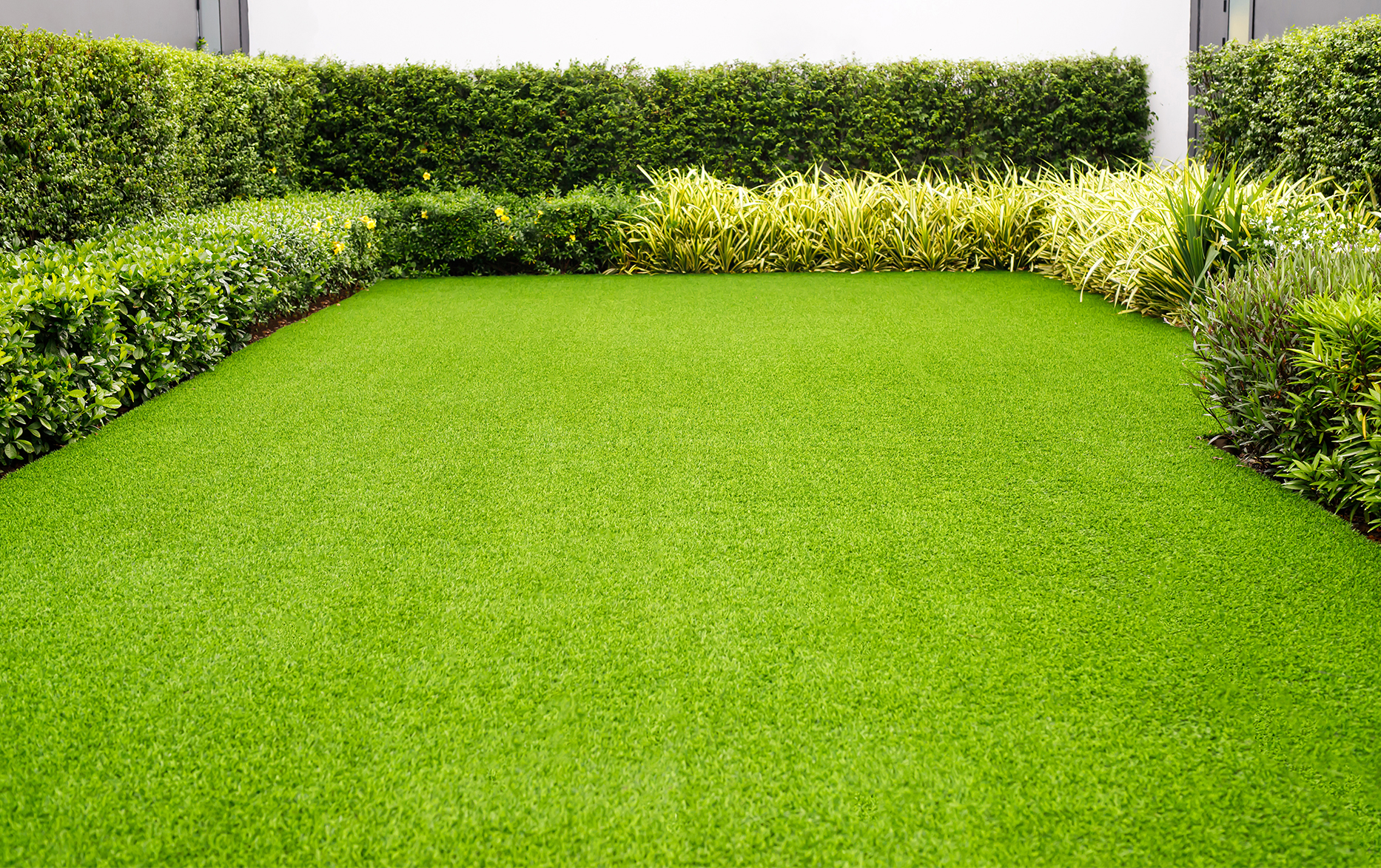Look Into the Environmental Advantages of Opting for Synthetic Grass Solutions
The fostering of man-made grass solutions offers an engaging chance to deal with pushing environmental difficulties. By considerably minimizing water usage and minimizing the application of harmful chemicals, these choices not only promote sustainable landscape design yet likewise shield local communities. Additionally, the lower carbon impact connected with lowered upkeep activities adds to an extra lasting method to land monitoring. The implications of these benefits prolong past mere conservation efforts, raising inquiries regarding their long-lasting impact on habitat preservation and general ecological equilibrium. Exploring these dimensions exposes a complicated interplay worth considering.
Water Preservation Advantages
One of the most substantial advantages of synthetic lawn is its capacity to save water. Typical lawn lawns require significant irrigation, especially in locations susceptible to drought or water restrictions. In comparison, synthetic grass does not need watering, significantly minimizing the general demand for water sources. This attribute is especially beneficial in dry areas where water deficiency is a pushing problem.
By eliminating the need for normal watering, man-made turf adds to sustainable landscape techniques and assists alleviate the environmental influence of extreme water intake. Additionally, the preservation of water includes the reduction of drainage, which can lead to dirt disintegration and river air pollution.
Furthermore, the installment of synthetic grass permits districts and home owners to allot water resources extra efficiently, concentrating on crucial uses such as drinking water and agriculture. The change in the direction of synthetic grass not just promotes responsible water usage yet also straightens with wider ecological goals aimed at maintaining natural deposits.
As areas increasingly focus on sustainability, the water preservation benefits of man-made turf offer a compelling situation for its adoption in business and property landscape design jobs.
Reduced Chemical Usage
The change to artificial lawn dramatically reduces the dependence on chemical therapies generally made use of in all-natural lawn upkeep. Typical grass monitoring normally entails the application of herbicides, plant foods, and pesticides to promote growth and control pests. These chemicals can posture threats to human wellness, local wild animals, and the atmosphere, adding to soil and water contamination.
In contrast, synthetic grass gets rid of the need for these unsafe compounds. By minimizing the launch of synthetic substances into the ecological community, fabricated turf advertises healthier dirt and water systems.
Furthermore, the absence of chemical drainage related to synthetic grass installations assists shield regional waterways from air pollution, sustaining aquatic life and maintaining biodiversity. Turf installation phoenix az. As communities progressively prioritize sustainable practices, selecting synthetic grass provides a feasible option that lines up with environmental preservation goals. Through this change, homeowner can appreciate lavish green areas without endangering ecological health, leading the way for an extra sustainable future
Lower Carbon Footprint

Moreover, the installment of synthetic grass can cause significant water preservation. All-natural yards need substantial amounts of water for watering, which not just contributes to the carbon footprint related to water removal and treatment yet also stress local water sources. On the other hand, man-made turf requires marginal maintenance, requiring no watering, therefore considerably decreasing water use and its associated Go Here power prices.
Furthermore, the long life of artificial turf adds to its decreased carbon influence. With a lifespan of up to 15 years or more, the requirement for frequent replacements is diminished, resulting in less waste and reduced power usage in manufacturing and getting rid of conventional turf alternatives. Generally, fabricated lawn presents a sustainable alternative for environmentally aware landscaping.
Habitat Preservation
Environment preservation is a critical factor to consider in the discussion over landscape design choices, particularly when comparing synthetic grass to all-natural turf. Natural lawn lawns often need substantial maintenance, including the use of chemicals, herbicides, and fertilizers, which can detrimentally influence neighborhood communities. These chemicals can seep into the dirt and rivers, damaging indigenous plants and fauna and interrupting local habitats.
Man-made turf removes the demand for harmful chemicals, thus protecting close-by wild animals and preserving the integrity of surrounding communities. The setup of artificial turf can lead to the conversion of former lawn areas right into more biodiverse landscapes, such as pollinator yards or indigenous plant locations, which can support neighborhood wild animals.
Eventually, the transition to synthetic grass not just saves water and decreases maintenance initiatives however likewise promotes this article a more unified relationship in between human tasks and the native environment, advertising environment preservation while doing so.
Long-Term Sustainability
Long-lasting sustainability is an essential element in reviewing the benefits of man-made grass over conventional turf yards. One of one of the most significant advantages of artificial lawn is its sturdiness; it can last as much as 15-20 years with marginal maintenance, whereas all-natural yard needs frequent reseeding and replacement. This durability lowers the demand for constant sources, such as water, fertilizers, and chemicals, which are crucial for maintaining a healthy and balanced turf lawn.
Furthermore, synthetic grass adds to a reduction in carbon exhausts related to lawn care equipment. Standard yards commonly require gas-powered lawn mowers, trimmers, and blowers, every one of which add to air pollution. Turf installation phoenix az. On the other hand, synthetic grass gets rid of the need for such tools, promoting a cleaner setting
Furthermore, the manufacturing of synthetic grass significantly utilizes recycled materials, improving its sustainability profile. As manufacturers embrace environmentally friendly practices, the environmental impact of synthetic grass proceeds to lessen.

Conclusion
The adoption of synthetic grass options offers substantial ecological benefits, including considerable water preservation, minimized reliance on damaging chemicals, and a lower carbon impact. In addition, artificial turf aids in protecting all-natural habitats by reducing land disturbance and advertising lasting sustainability via using durable products. Collectively, these variables underscore the potential of synthetic grass to add favorably to environmental health and wellness and provide a feasible alternative to standard landscape design techniques in an increasingly resource-conscious world.
In comparison, artificial grass does not require watering, substantially minimizing the overall need for water resources. By reducing the launch of artificial substances into the ecosystem, synthetic turf advertises healthier dirt and water systems.
Additionally, the installment of artificial turf can result in significant water conservation. In comparison, artificial lawn needs marginal upkeep, needing no watering, thereby dramatically lowering water use and its associated power costs.

Comments on “High-Quality Arizona Turf Installation Services for Homes and Businesses”